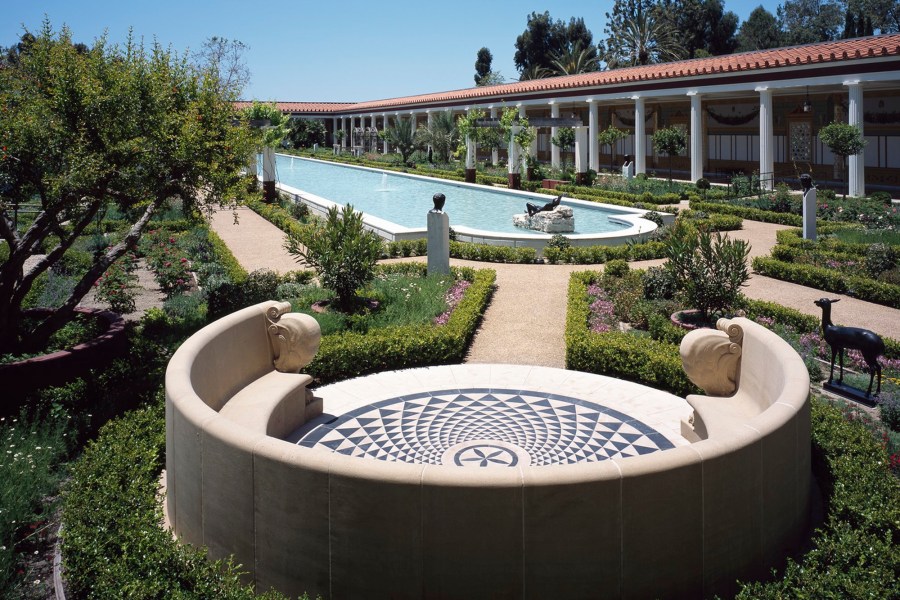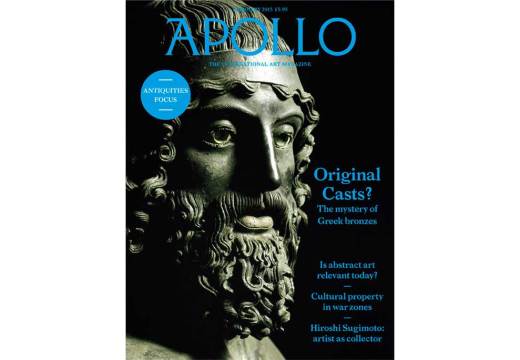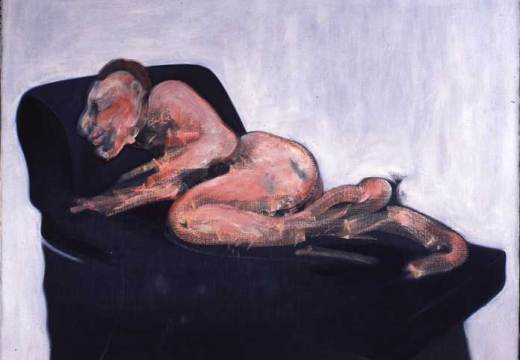From the February issue of Apollo: preview and subscribe here
The Getty Villa in Malibu, modelled on the Villa of the Papyri at Herculaneum, is much smaller and now less flocked by tourists than its younger sister, the Getty Center in Brentwood. But while Richard Meier’s mansion of the arts is more robust and commanding than the museum J. Paul Getty built, the Villa retains a cult following for the enchanting and evocative experience it provides. Nestled happily on a hillside overlooking the Pacific Ocean, shaded by groves of trees among which wander grazing deer, the ambience of the Villa is still one that an ancient Roman would recognise and relish. For visitors today it is one of the most magical museum experiences to be had anywhere.
There is, of course, always scope for improvement, and we are about to embark on a project to reinstall the Villa’s collection of Greek and Roman art along cultural-historical lines, starting from the Early Bronze Age and running through the Roman Empire up to the coming of Christianity. This is a major change from the existing display, which groups objects according to their subject matter – gods and goddesses, heroes, athletes, women and children, and so on. The historical layout will allow visitors to see more clearly the profound changes in the arts that took place over the course of 3,500 years, to understand the aesthetic logic of this stylistic evolution, and to distinguish regional and other artistic subcultures. It is only by grouping works of one cultural era together in this way that visitors can gain a sense of what it might actually have been like to live during the Early Bronze Age, with the modern-looking marble vessels and sculptures of the Cyclades, or in the ages of Pericles, Alexander the Great, or the Emperors Augustus or Constantine.
A number of thematic groupings will however be preserved along the chronological ‘spine’, focusing on special historical or mythological subjects, regional styles or particular media, such as small bronze statuettes and engraved gems. There is no end to the ways a collection as rich as the Getty’s can be ‘sliced’, and this structure will allow us to experiment more easily and feature sub-themes within the display from time to time. Above all, we want to reinstall the collection in a way that highlights the most important objects as the great works of art that they are – an aspiration that requires both connoisseurship and technical expertise in lighting, showcase design, and labelling. The Getty’s classical antiquities have been assembled to represent the highpoints of Graeco-Roman art: we do not do the collection justice unless we display it as a great and memorable aesthetic experience.
The idea for this change was already gestating when I arrived as director of the Getty in 2012. The major task of laying out the new display object by object (including some that have never or rarely been on view before) will be led by Jeffrey Spier, the recently appointed senior curator of antiquities. The reinstallation will be done gallery by gallery, so that most of the Villa remains open to visitors throughout the process. Some space will be assigned for displaying the artistic traditions of other ancient cultures that influenced and interacted with Greece and Rome – Egypt, Phoenicia, Syria, Mesopotamia, Persia, Scythia – through loans from major international museums, thus putting the achievement of classical art in its broader cultural and historical context. We will also be looking selectively to acquire works from these regions that illustrate their artistic relations with the classical world.
In the same vein we are also expanding the programme of visiting scholars at the Villa to embrace this wider purview. This year we welcome scholars whose research focuses on relations between the Graeco-Roman world and Egypt – especially in the Minoan and Mycenaean periods, and from the time of Greek colonisation in the 7th century BC through to Rome’s absorption of Egypt into its burgeoning empire in the late 1st century BC. In future years we will look similarly at the classical world’s relations with other ancient cultures of the Mediterranean and Near East. It is a highly ambitious project, but one that will do much to enhance the understanding of our collections and of the interconnected nature of ancient culture more generally. So it is an exciting time for the Villa and its staff – as, more importantly, it will also be for our visitors.
Click here to preview the latest issue of Apollo
Related Articles
Inquiry: Monuments Men (Peter Stone)
Wine, Theatre and Poetry in the MFA Boston’s Greek galleries (Maggie Gray)
What’s inside the Amphipolis Tomb? (Ruth Allen)
Unlimited access from just $16 every 3 months
Subscribe to get unlimited and exclusive access to the top art stories, interviews and exhibition reviews.














![Masterpiece [Re]discovery 2022. Photo: Ben Fisher Photography, courtesy of Masterpiece London](http://www.apollo-magazine.com/wp-content/uploads/2022/07/MPL2022_4263.jpg)
It’s time for the government of London to return to its rightful home